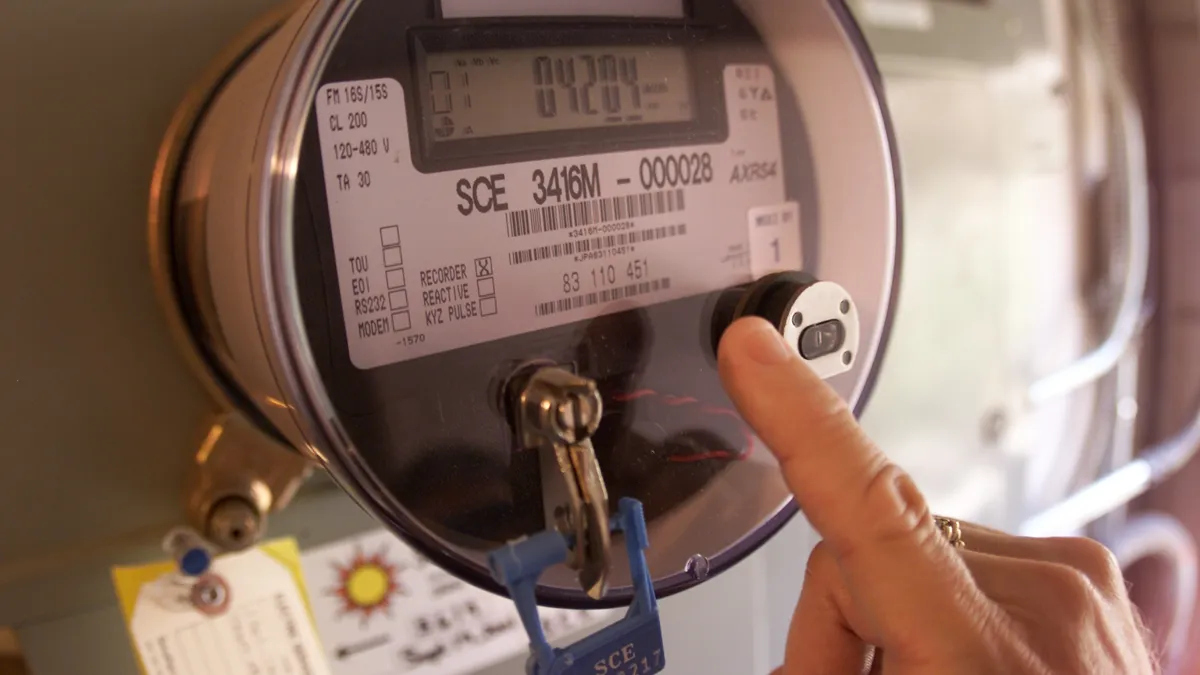Dive Brief:
- In the last four decades, the Ohio Development Services Agency has helped complete retrofit projects for more than 350,000 low-income residents through its Home Weatherization Assistance Program (HWAP), but advocates now say that good work may be endangered by new priorities in the incoming Presidential administration.
- The problem, reports Midwest Energy News, is that the program is funded through more than $30 million from the federal government and supporters say they are unsure if those funds will remain in place under President-elect Donald Trump's incoming administration.
- The state of Ohio has struggled with how to move forward with energy efficiency, after freezing clean energy standards in 2015. The HWAP, open to Ohio residents with a household income at or below 200% of the federal poverty guidelines, is one way the Buckeye State has continued to work on energy usage.
Dive Insight:
Ohio lawmakers are still debating what to do with the state's stalled efficiency and renewables goals, and the Plain Dealer reports a showdown could be brewing between Republican lawmakers and Gov. John Kasich (R), over whether to extend a hold on the state's goals, expand them, or expand the timeframe utilities have for compliance.
But while Ohio lawmakers have been struggling with the issue for more than a year, the state's home weatherization program has continued to help vulnerable electric customers find ways to lower their bills. But even those efforts are now in danger, say some advocates, with the election of Donald Trump.
“Given the makeup of congress, in addition to a Trump presidency, I’m not sure any program is safe regardless of how beneficial they are,” Policy Matters' Amanda Woodrum told Midwest Energy News.
The President-elect has vowed to cut restrictions on fossil fuel energy production, rolling back what he and many Republicans see as costly and ineffective regulation. And Trump's promises have left clean energy advocates unsure of how to move forward, as he has indicated no plans to try and roll back support for renewables. And many efficiency efforts at the federal level are non-partisan efforts.
Ohio's energy mandates passed with strong support in 2008, directing utilities to source a quarter of their electricity from alternative sources and to to cut power usage 22% by that time. Now, businesses appear to be lining up in support of the programs. Nine Ohio businesses that collectively employ more than 25,000 workers have urged state lawmakers to reinstate energy efficiency and renewables targets that were frozen in 2014.















